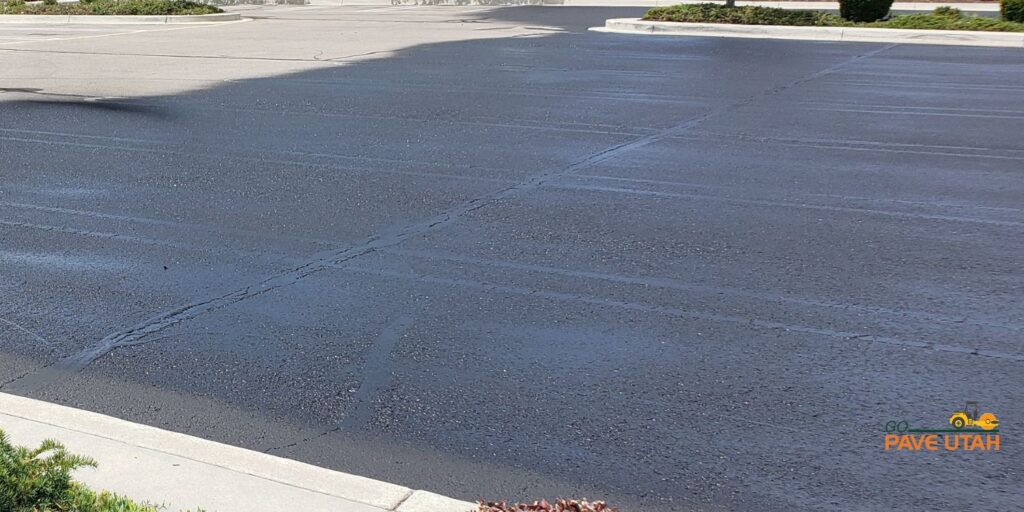Asphalt sealcoating is one of the best ways to protect and extend the life of parking lots and commercial properties. However, choosing the right time for sealcoating is just as important as the process itself. In Utah, where seasonal temperature shifts and unpredictable weather patterns can impact asphalt, timing can make all the difference. Understanding the best months to schedule sealcoating ensures the pavement gets the durability and protection it needs.
Ideal Temperature for Sealcoating Success
Temperature plays a significant role in how well sealcoating adheres to asphalt and cures properly. The best time for sealcoating in Utah falls within the warm, dry months of the year.
- Daytime & Nighttime Temperatures: Sealcoating should be applied when temperatures consistently stay above 50°F (10°C) during both the day and night.
- Avoid Extreme Heat: If temperatures are too high, the sealant may cure too quickly and fail to bond correctly with the pavement. Mid-summer applications should be carefully scheduled to avoid the hottest days.
- Best Months: The mid-April to mid-October window provides the best conditions for a successful sealcoating job.
The Weather Factor: Dry Days Only
Utah's climate varies throughout the year, and weather conditions significantly impact the effectiveness of asphalt sealcoating.
- Rain-Free Forecast: Sealcoating requires at least 24 to 48 hours of dry weather for proper curing. Rain can wash away freshly applied sealant, leading to uneven coverage and reduced durability.
- Low Humidity: High humidity can slow down the drying process and extend cure times, making it less effective.
- Wind Conditions: While some airflow is beneficial for drying, strong winds can cause debris to settle on the wet sealcoat, affecting the final result.
Seasonal Pros & Cons: When to Book Sealcoating
Each season offers different advantages and challenges when it comes to sealcoating asphalt surfaces. Here’s a breakdown of the best times to book service:
- Spring/Early Summer:
- Allows sealcoat to fully cure before the extreme heat of summer
- Provides early protection before heavy vehicle traffic resumes
- Demand for sealcoating services is typically lower, making it easier to schedule
- Mid-Summer:
- Hot temperatures can cause sealant to dry too fast, leading to poor adhesion
- Requires careful scheduling to avoid excessive heat and direct sunlight
- Some contractors may recommend morning or evening applications to avoid peak heat
- Early Fall:
- Ideal for protecting asphalt before winter’s freeze-thaw cycle begins
- Cooler temperatures allow for even curing without excessive drying
- Helps prevent damage from de-icing chemicals and snow accumulation
Benefits of Scheduling in Advance
Property managers and business owners should plan their asphalt maintenance well in advance to avoid delays and ensure top-quality results.
- Avoid the Rush: Sealcoating companies book up quickly in the spring and fall—early scheduling ensures preferred dates.
- Budget Planning: Booking services ahead of time allows for better financial planning and avoids last-minute price surges.
- Preventative Protection: Sealcoating ahead of winter can help prevent costly asphalt repairs caused by cracks and potholes.
Plan for Long-Term Asphalt Protection
The best time to schedule asphalt sealcoating in Utah falls between mid-April and mid-October, with spring and early fall offering the most reliable conditions. By monitoring temperatures, choosing dry weather, and scheduling early, commercial property owners and managers can extend the lifespan of their asphalt surfaces while maintaining a professional and well-kept appearance. Don’t wait—plan ahead and secure a spot with Go Pave Utah, a trusted asphalt sealcoating contractor.
